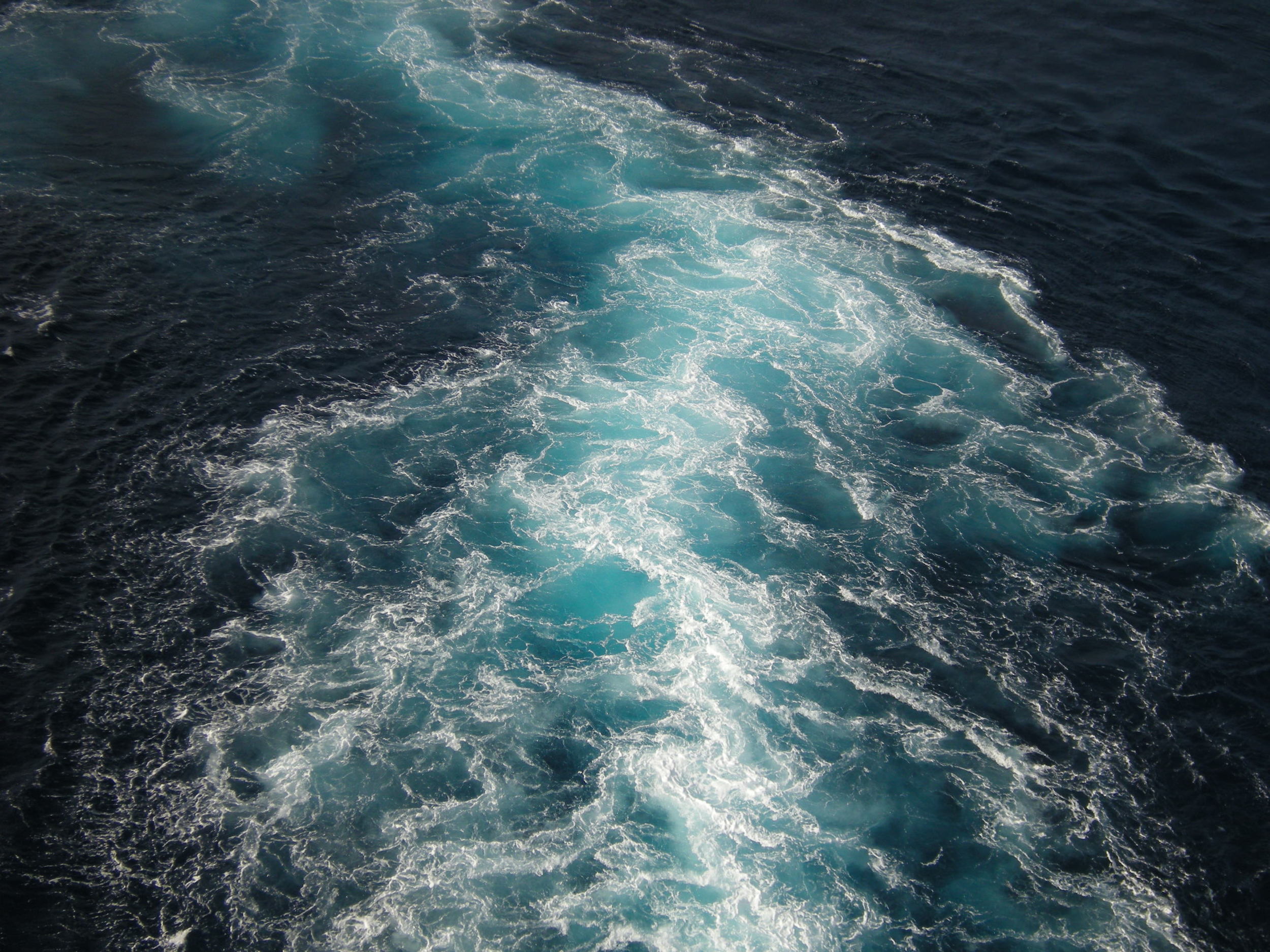
Cupping
WHAT IS cupping?
Cupping therapy is a form of alternative medicine in which cups are placed on the skin to create suction. The cups can be made of a variety of materials, including:
- Glass
- Bamboo
- Earthenware
Supporters of cupping therapy believe the suction of the cups mobilizes blood flow to promote the healing of a broad range of medical ailments.
WHERE DOES CUPPING COME FROM?
Cupping therapy dates back to ancient Egyptian, Chinese, and Middle Eastern cultures. One of the oldest medical textbooks in the world, the Ebers Papyrus, describes how the ancient Egyptians were using cupping therapy in 1,550 B.C.
HOW DOES CUPPING WORK?
In a typical cupping session, glass cups are warmed using a cotton ball or other flammable substance, which is soaked in alcohol, then placed inside the cup. Burning a substance inside the cup removes all the oxygen, which creates a vacuum.
As the substance burns, the cup is turned upside-down so that the practitioner can place the cup over a specific area. The vacuum created by the lack of oxygen anchors the cup to the skin and pulls it upward on the inside of the glass as the air inside the jar cools. Drawing up the skin is believed to open up the skin’s pores, which helps to stimulate the flow of blood, balances and realigns the flow of qi, breaks up obstructions, and creates an avenue for toxins to be drawn out of the body.
DOES IT HURT?
While cupping is considered safe, it can cause some swelling and bruising on the skin. As the skin under a cup is drawn up, the blood vessels at the surface of the skin expand. This may result in small, circular bruises on the areas where the cups were applied. These bruises are usually painless, however, and disappear within a few days of treatment.